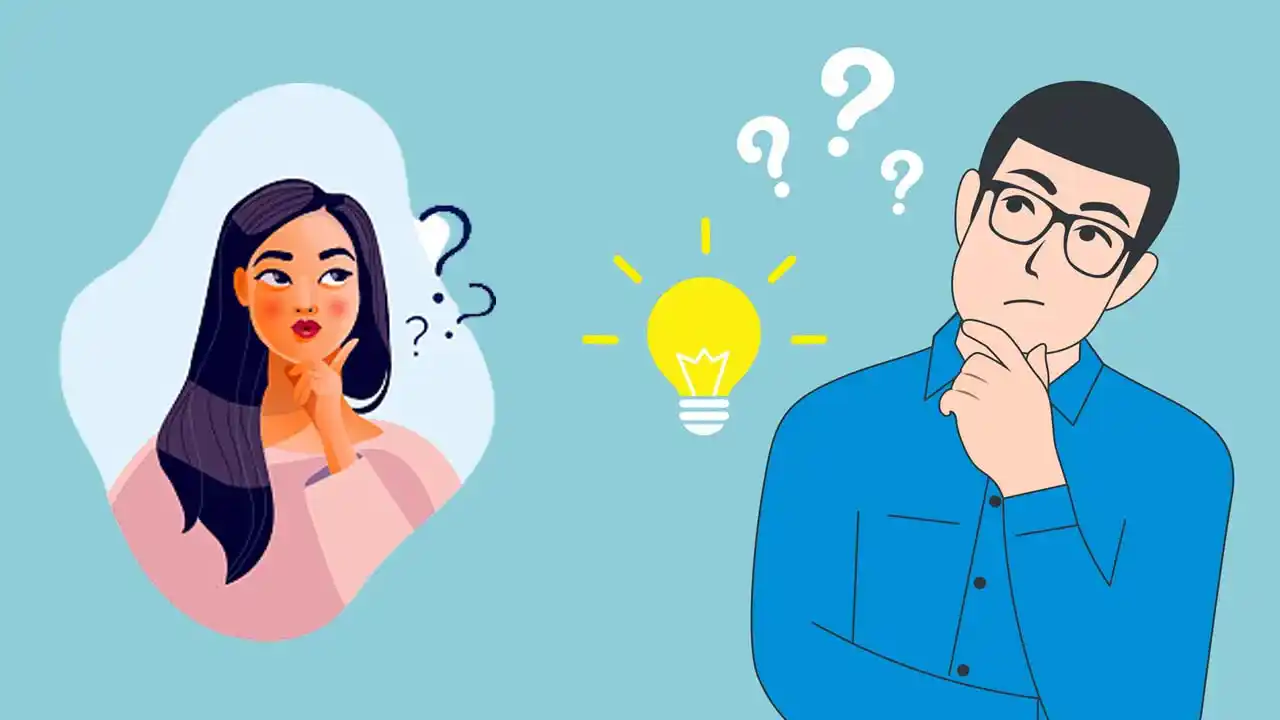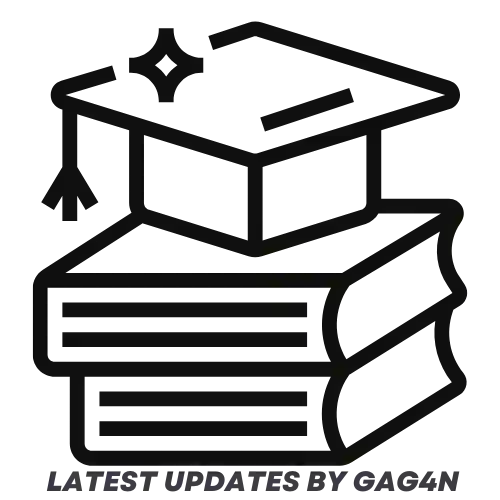
Introduction
In this digital era, everything happens on the internet, and we depend on the internet for almost everything. Various programming languages and frameworks have made it easy to build websites and applications to help people to get their work done with ease. One of the essential features of any website or application is its user interface, and this is where the concept of “buttons, boxes and menus” comes into play.
Buttons
Buttons are the most common way to interact with websites and applications. They are clickable elements that execute an action when clicked. These actions could be anything from submitting a form, executing a search function, or even buying a product. Buttons provide feedback to users and let them know that their actions have been executed. Buttons can be designed to match the overall theme and feel of the website or application, and they can be placed in strategic locations to improve the user experience.
Buttons can also be customized with hover and click state animations that give users visual feedback when they hover or click on them. These animations can help users to navigate and interact with websites and applications more easily, and they can improve the overall user experience.
Boxes
Boxes are another essential element of user interfaces. They are used to group related content, such as text, images, or other elements. Boxes can be used to create a structure and hierarchy for the content on a website or application, and they can be used to break up long pages into more manageable sections.
Boxes can also be used to highlight important content or as a call-to-action. For example, if you want users to sign up for a service, you can place a box containing a sign-up form in a prominent location on your website or application. Boxes can also be customized with different styles and colors to match the overall theme and feel of your website or application.
Menus
Menus are used to navigate through various sections or pages on a website or application. They can be designed as drop-down menus, slide-out menus, or even as a sidebar menu. Menus are typically placed in a prominent location on a website or application, such as the top or side of the page.
Menus can also be customized with different styles and colors to match the overall theme and feel of your website or application. They can use icons or images to provide visual cues to users, and they can be designed to be responsive, meaning they adjust to different screen sizes.
Conclusion
In conclusion, buttons, boxes, and menus are essential elements of any website or application’s user interface. They improve the overall user experience by providing visual feedback, grouping related content, and allowing users to navigate through various sections or pages. Customizing these elements with different styles and colors can help to create a unique and cohesive look and feel for your website or application. So, if you want to build a user-friendly website or application, be sure to pay attention to these elements and make them work for you.






